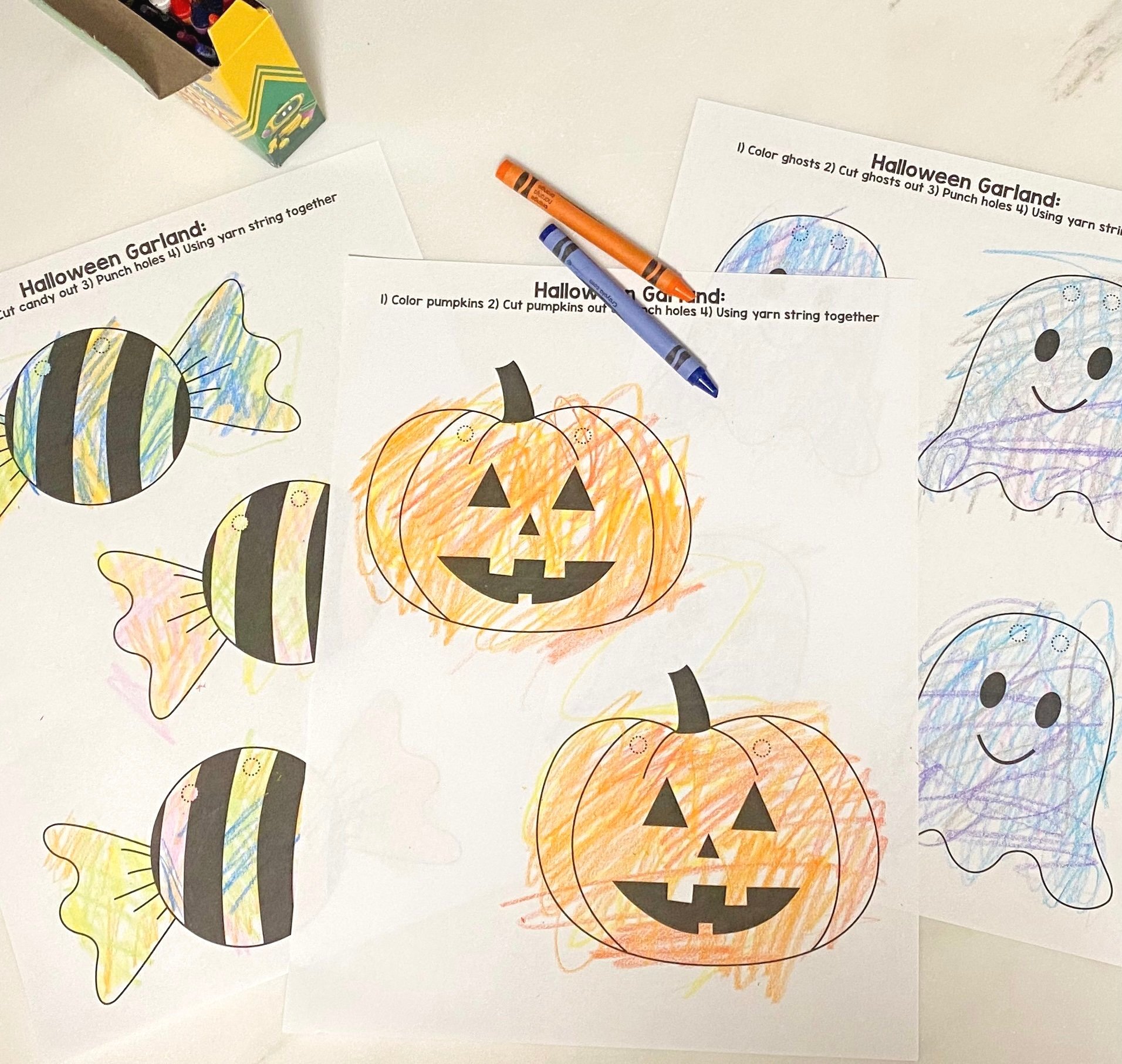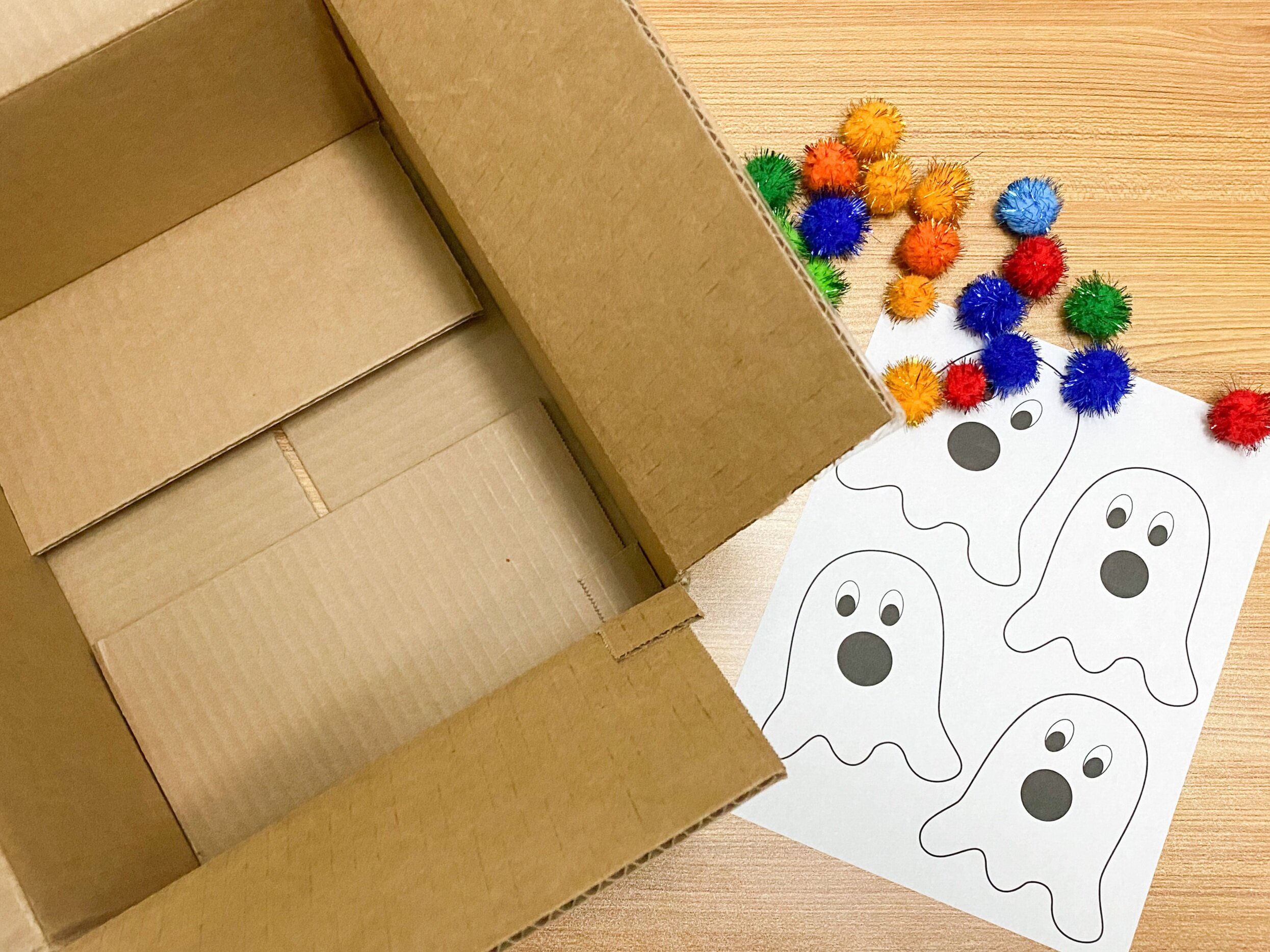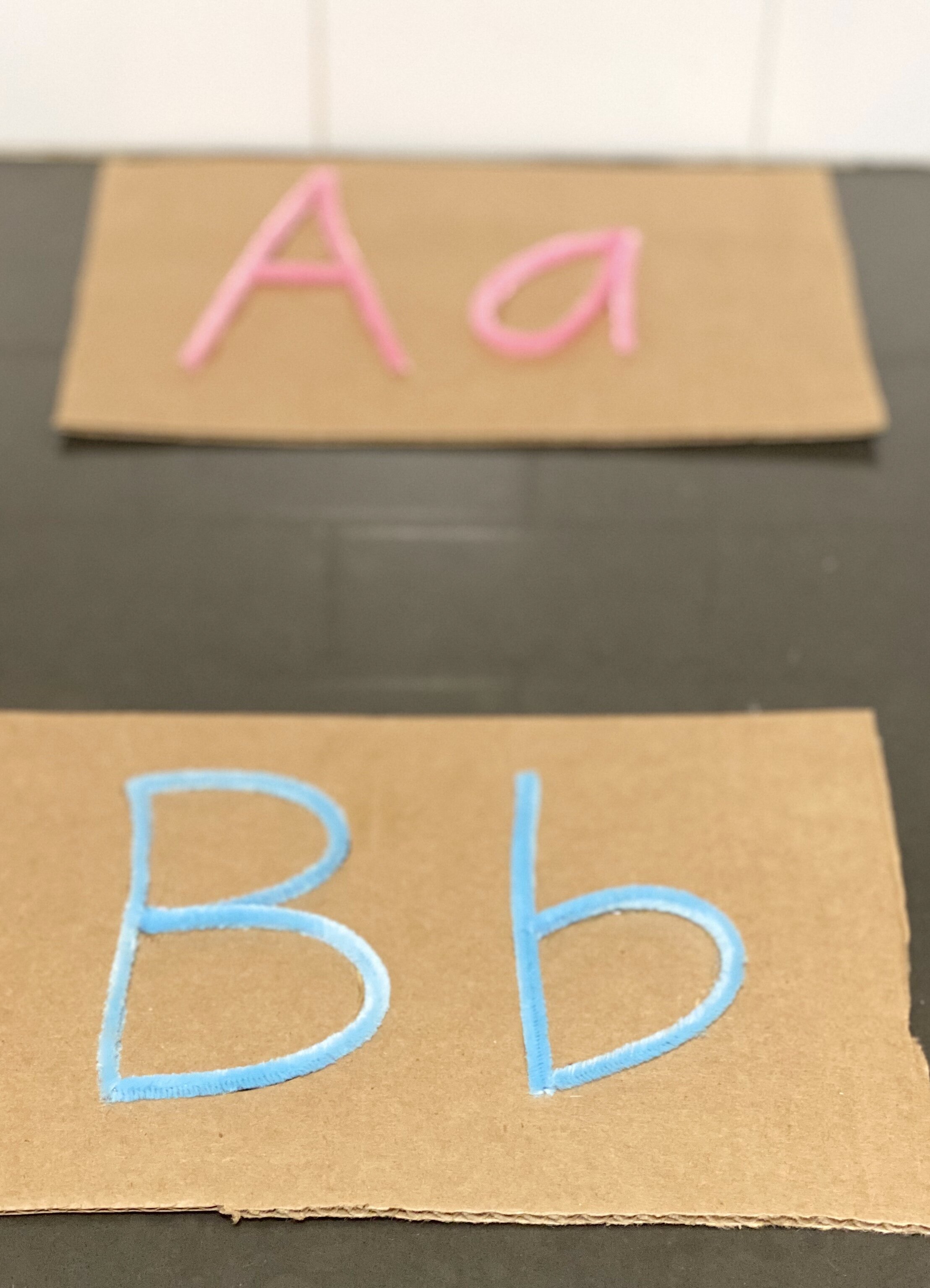As pediatric therapists we are always in favor of promoting the most time out of baby containers as possible for optimal gross motor development. However, as a fellow mom….sometimes you need a change of pace in activity to break up the day! The best rule of thumb with any container is always supervised and in moderation (we aim for no more than 15 minutes at a time). Upright floor sitters can be a great tool to use for supported upright sitting, but if you are going to get a floor seat why not choose one that promotes optimal postural positioning.
I must admit, I was anti-floor chairs before becoming a mom, but when I had the opportunity to trial the Upseat I was so happy I did. The Upseat was designed with consultation from multiple pediatric physical therapists. It is made with an inclined seat that promotes an anterior pelvic tilt, which helps promote upright posture and prevent a rounded spine during sitting. Upright posture during sitting play helps free the arms and encourage more functional arm movement. The seat is also designed with nice lateral supports and a high back that prevent baby from slouching and promote midline posture. The leg positioning encourages optimal hip position to increase hip socket development and discourage hip dysplasia.
I found the Upseat most fun to use during the introduction of fun new sensory play activities when my daughter was still a bit of a wobbly sitter. This way her arms were free to explore the activity, while not having to focus too much on maintaining her posture. Here are some fun photos of her exploring!
I also found the Upseat to be the perfect travel chair to take for mealtimes. It is not the ideal 90/90 position we want with feet on the floor during meal time, but I found it lightweight and perfect for on the go! Plus the incline helped her maintain that nice upright posture you want for mealtimes even without feet on the floor, which I loved!
Upseat was kind enough to provide our readers with a 10% discount code, please click the button below or use our code DOWNTOWN10 at checkout. Happy sitting!





































































